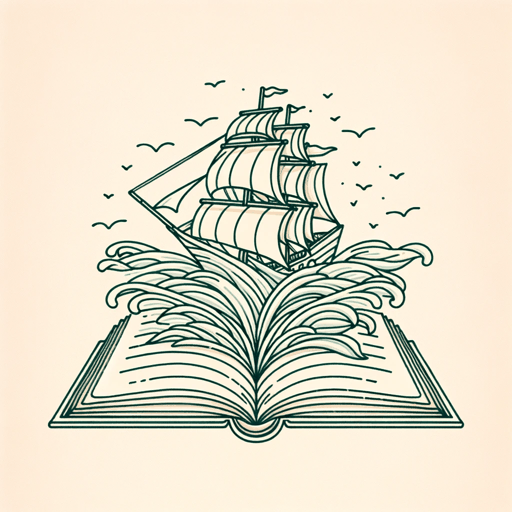16 pages • 32 minutes read
Emily DickinsonA Bird, came down the Walk
Fiction | Poem | Adult | Published in 1891A modern alternative to SparkNotes and CliffsNotes, SuperSummary offers high-quality Study Guides with detailed chapter summaries and analysis of major themes, characters, and more.
Further Reading & Resources
Related Poems
“The Eagle” by Alfred, Lord Tennyson (1851)
Alfred, Lord Tennyson is one of the most important poets of the Victorian period. His precise meter and perfect rhymes form a sharp contrast to his contemporary American poets, who were often exploring free verse. Tennyson’s depiction in “The Eagle” of a strong bird displaying its power contrasts well with Dickinson’s bird, who engages with the world more casually and even timidly.
“Pigeons” by James Henry (1866)
James Henry’s “Pigeons” shares many of the same impulses as Dickinson’s “A Bird, came down the Walk” in observing a bird’s behavior. While Dickinson’s speaker and the bird share a moment of companionship, Henry’s pigeon faces a harsher ending when it feels “at its throat the knife” (Line 9) slaughtering it for pigeon pie.
“Hope is the thing with feathers” by Emily Dickinson (1891)
“Hope is the thing with feathers” describes the abstract human emotion of hope as having bird-like qualities, something that “perches in the soul” and “sings” to give someone courage. The poem is a good example of how Dickinson often draws upon natural imagery to explore human psychology and emotional states.
“Sunday Morning” by Wallace Stevens (1915)
Related Titles
By Emily Dickinson

A Clock stopped—
Emily Dickinson

A narrow Fellow in the Grass (1096)
Emily Dickinson

Because I Could Not Stop for Death
Emily Dickinson

"Faith" is a fine invention
Emily Dickinson

Fame Is a Fickle Food (1702)
Emily Dickinson

Hope is a strange invention
Emily Dickinson

"Hope" Is the Thing with Feathers
Emily Dickinson

I Can Wade Grief
Emily Dickinson

I Felt a Cleaving in my Mind
Emily Dickinson

I Felt a Funeral, in My Brain
Emily Dickinson

If I Can Stop One Heart from Breaking
Emily Dickinson

If I should die
Emily Dickinson

If you were coming in the fall
Emily Dickinson

I heard a Fly buzz — when I died
Emily Dickinson

I'm Nobody! Who Are You?
Emily Dickinson

Much Madness is divinest Sense—
Emily Dickinson

Success Is Counted Sweetest
Emily Dickinson

Tell all the truth but tell it slant
Emily Dickinson

The Only News I Know
Emily Dickinson

There is no Frigate like a Book
Emily Dickinson

